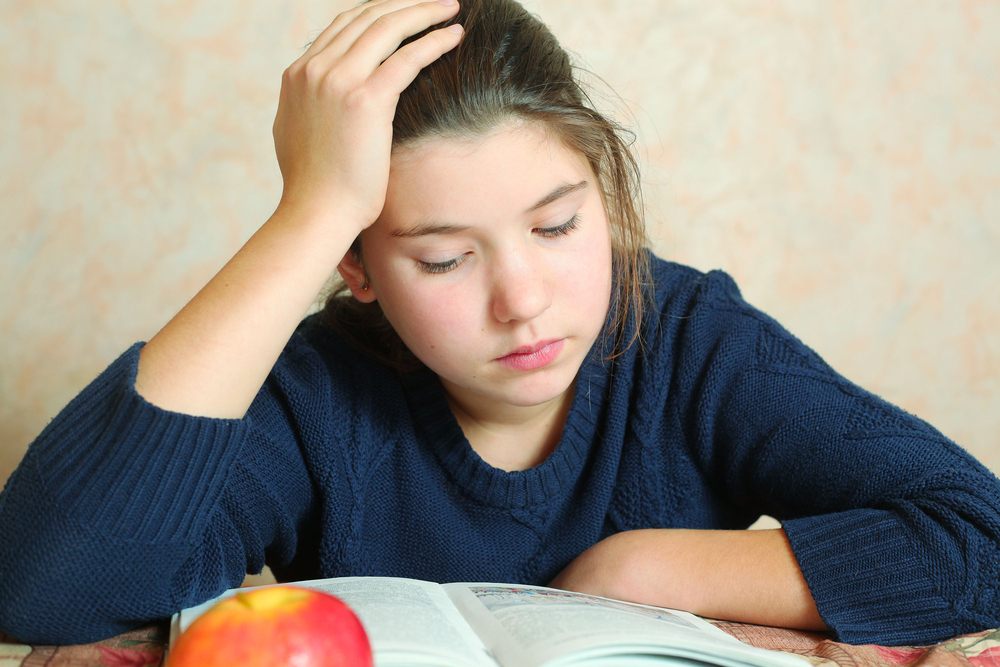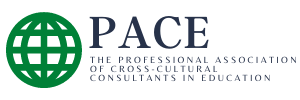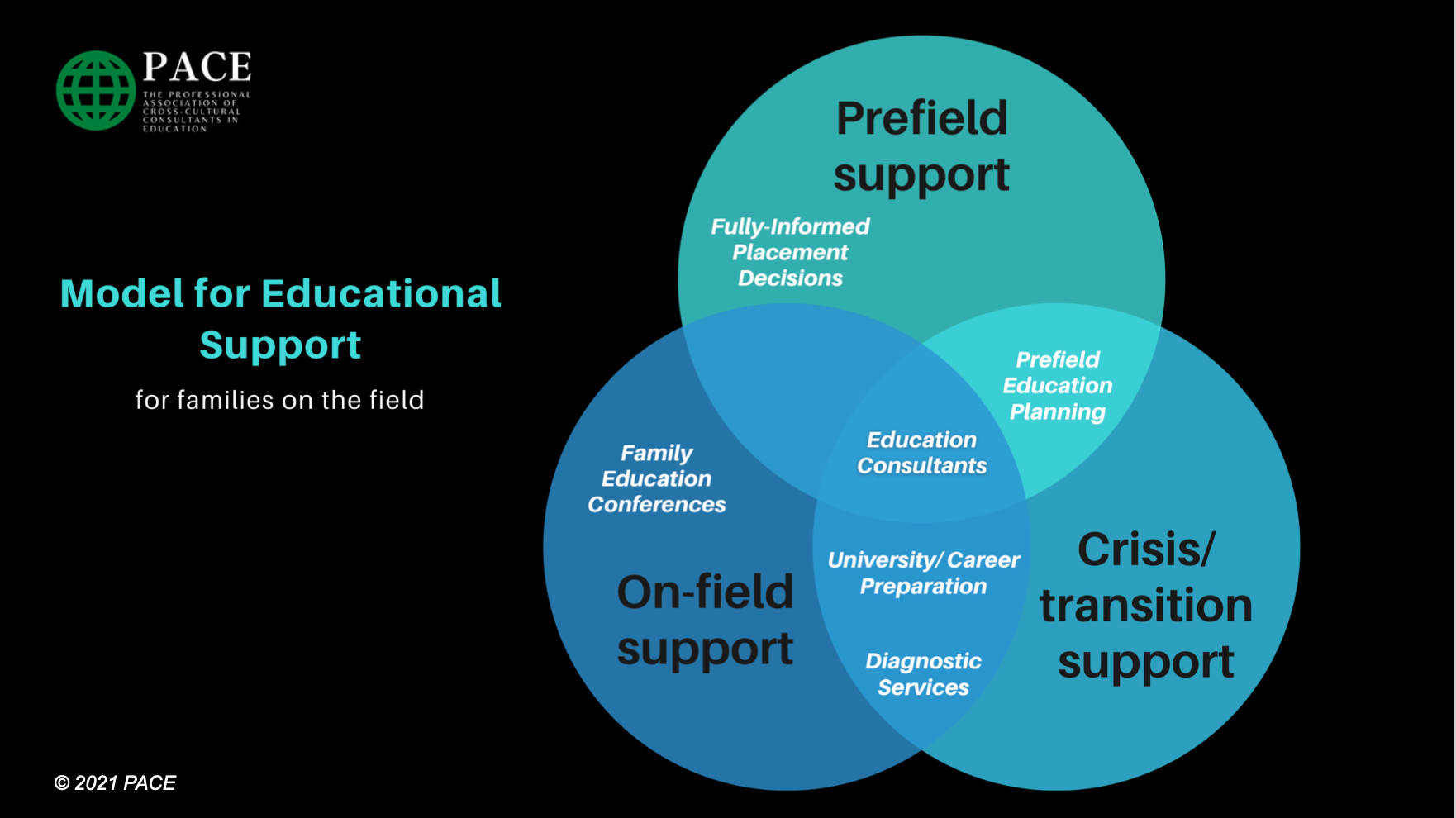In March, many education consultants gathered in person at the MK Education Summit near Atlanta…

How We Learn: Identifying Breakdowns in Learning
Our guest blogger this week is Sandy E. Sandy travels as an Educational Consultant to Americans working for NGOs in Africa. Sandy previously taught special education in the US and has provided educational support to families since 2003. Based in West Africa, she advises families with children in all school settings and has extensive experience in the areas of assessment, behavior, and providing an appropriate education for students with learning differences. When not consulting, Sandy enjoys sports, hiking, and reading. Read last week’s article by Sandy here.
Many teaching parents implement instructional activities using a single or eclectic home school program without a clear understanding of the learning process in children and adolescents. Consequently, when the student begins to struggle or slowly fall further and further behind, they are not sure how to proceed. Does the problem lie with the teacher, the program, or the student? Often, it is a combination of all three and the teacher must become a detective to determine the source(s) of the breakdown in order to allow the student to benefit from instruction. It would help to understand the learning process, the stages of learning, and some effective strategies to help that student benefit from instruction.
The role of the education consultant is not only to provide effective teaching strategies but also to provide an understanding of why they work and which one(s) to choose so that the next time the parent encounters a challenge, they’re able to formulate a good match or fit between the problem and potential interventions.
The Learning Process
- Input: Transmission of content
- The student as receiver
- Activity generally determined by the teacher
Content is determined by the teacher and includes everything from facts, knowledge, skills, attitudes, behavior, etc. The teacher chooses the nature of the transmission: visual, auditory, kinesthetic, etc. and often uses their own preferred learning style/method. What is the student is receiving? A fork turned over and upside-down is still a fork, but what about the letters p-b-d-q?
- Processing: How the student’s brain handles information
- Mostly involuntary and involves physiology, cognition, and fluency (speed)
- Pathways are being established
Learning is all about laying down neural pathways in the brain so that information can be stored and later retrieved. The more often the pathway is used (practice), the more efficient (fluency) the brain is at using the information. Many variables affect processing and most learning differences are the result of a breakdown or slow down in how a student processes information, much of which is language based.
- Output: Evidence of learning
- The student as producer
- Activity generally determined by the teacher
Try telling the story of ‘The Three Bears’ without using any words that contain the letter “n” and you’ll have a good idea of the difficulty in demonstrating what you know with a processing problem interfering. Or, take some lined paper and a hand mirror and then write your name in cursive so that it is correct in the mirror. It is very important to understand that learning and producing products takes a lot of effort for students who struggle with academic learning. They are often criticized for not trying hard enough yet in fact the process is exhausting for them. Is it a wonder then that we see an array of avoidance behaviors in students who are frustrated?
- Input-Processing-Output
- Not discreet events
- Dynamic versus static
- Each affecting the other and all influenced by outside variables
Many variables can affect the learning process: level of effort, motivation, confidence, anxiety, immaturity, developmental delay, learning disabilities, attention-related issues, even strategies we use to teach. The effective teacher will choose activities that take advantage of the student’s strengths and minimize their weaknesses when choosing curricula and planning instruction and assessment.
- The MOST critical variable in learning, retaining, and applying new information is…
- PRACTICE… of knowledge, skills, behaviors, attitudes, etc.
- Practice must be accurate or it is learned, retained, and applied incorrectly
The role of practice in learning and retaining knowledge and skills cannot be underestimated. Spaced practice is more effective than massed practice and practice should reflect the outcome desired. For example: writing spelling words ten times is rarely spelling, it is often copying. To reinforce the skill of spelling, one must hear the word or see the word then cover it up or visualize the word and then write it. Word problems often measure reading and not only math ability. Within the stages of learning, it takes practice for a skill to move from the first stage (acquisition) to the second (proficiency). Practice becomes evident when the student has “automaticity”, they can recall or perform without thinking or searching their memory for it. Automaticity is critical in order to move efficiently from lower to higher order thinking skills (see Bloom’s original or revised taxonomy).
© 2012-2023 PACE
All rights reserved


